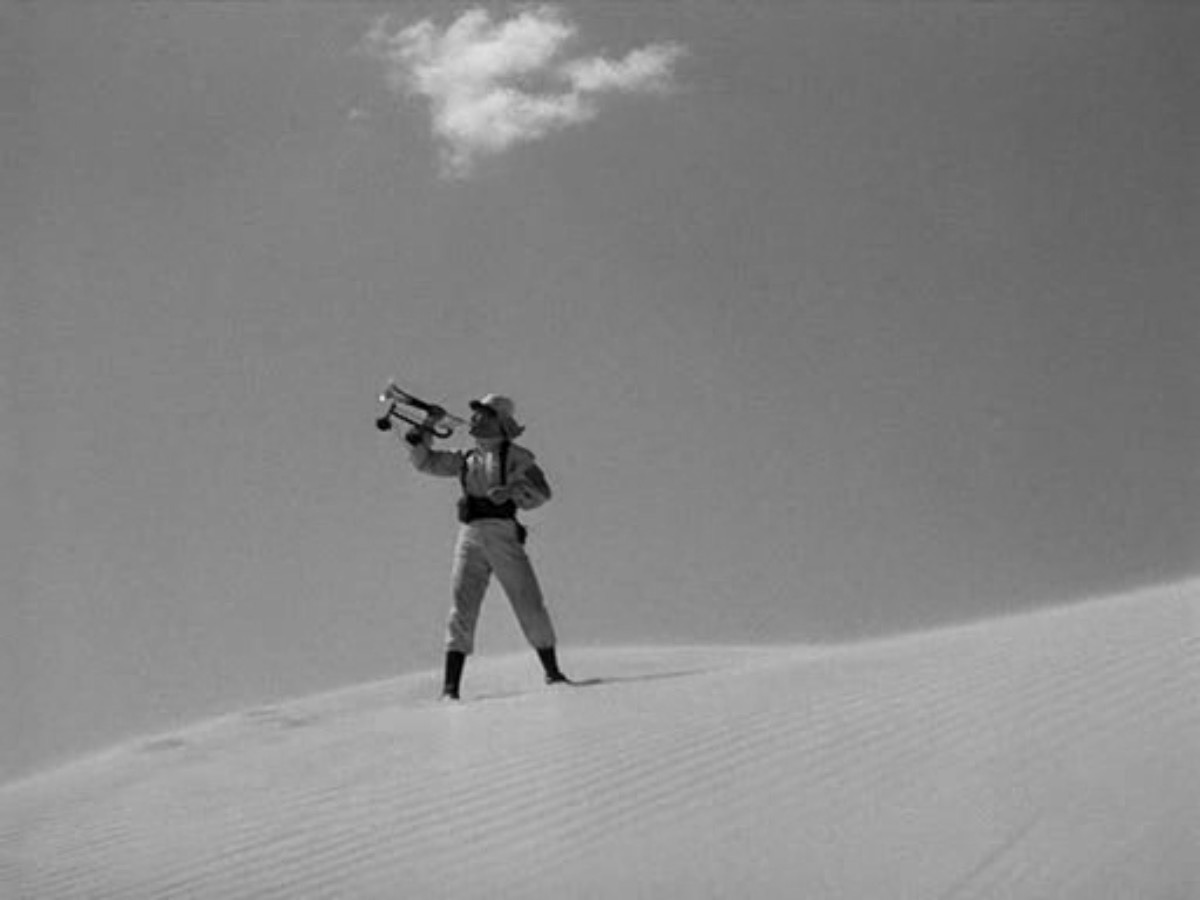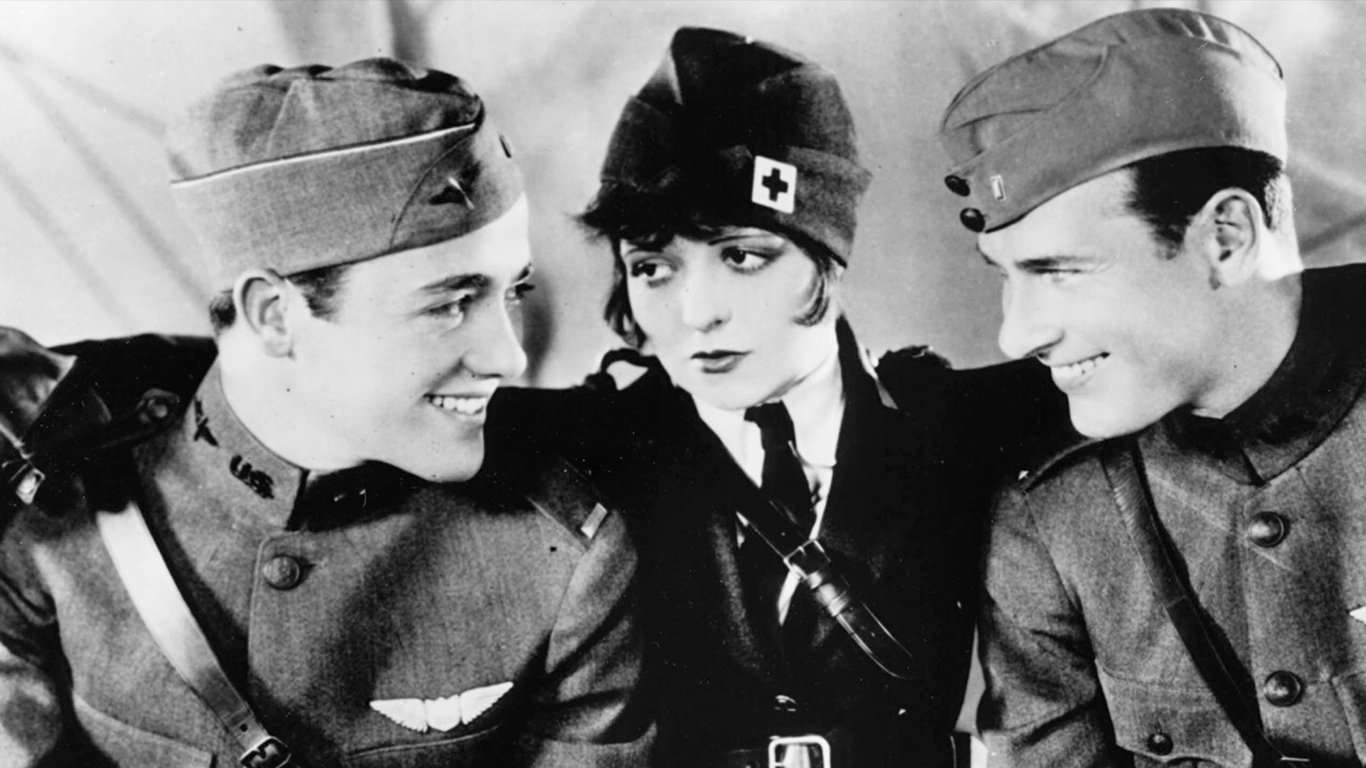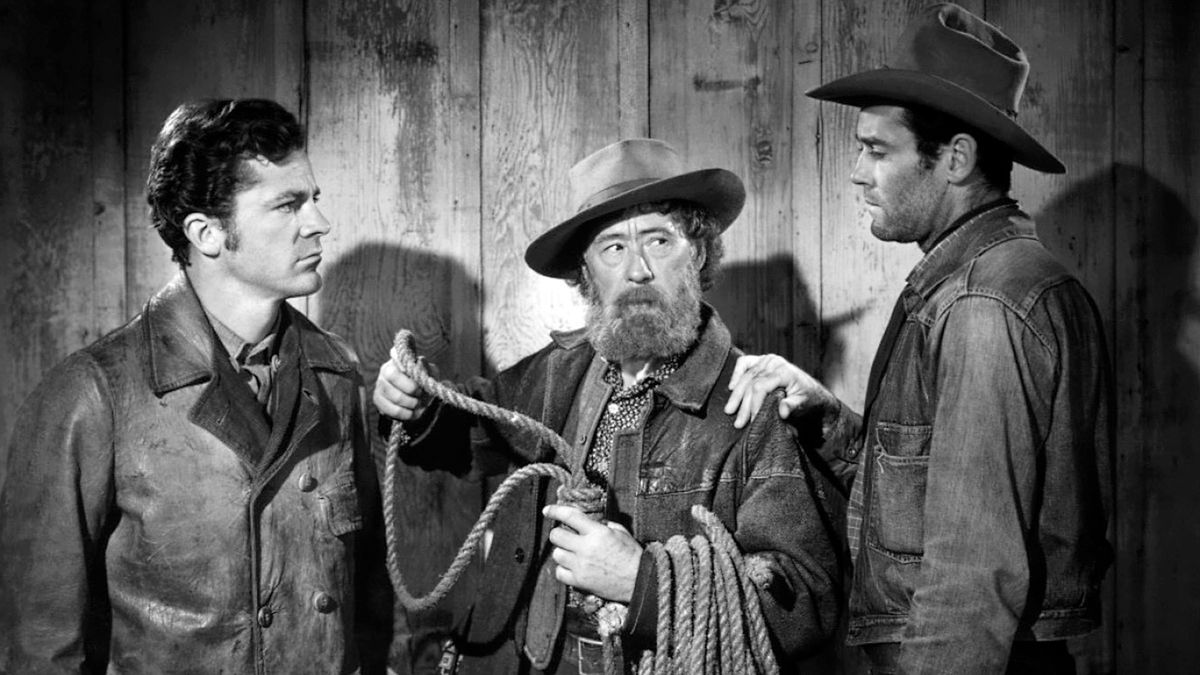William A. Wellman was an American film director celebrated for his remarkable versatility and knack for handling different genres with ease. Recognised for groundbreaking war films like Wings, gritty crime dramas like The Public Enemy, and impactful social issue films like Wild Boys of the Road, Wellman made his mark on Hollywood with his unique ability to masterfully traverse and blend genres. His films frequently revolved around themes of masculinity, toughness, and survival, possibly drawing on his own experiences as a World War I combat pilot.
Before stepping behind the camera, Wellman spent time in front of it as an actor, a transition that offered him a comprehensive understanding of filmmaking. As a director, Wellman was renowned for his ability to extract powerful performances from his actors. Regular collaborations with performers like Richard Arlen and Clara Bow exemplify this strength. The performances in his films, combined with his adept narrative pacing and dynamic editing, contributed to creating engaging and compelling cinematic experiences.
Visually, Wellman’s films displayed a strong sense of drama and intensity. He used innovative techniques, such as dramatic lighting, intense action sequences, and impressive aerial photography, especially notable in Wings. This film was one of the first to introduce a technique that made it look like the camera was in the cockpit of a plane, providing a first-person view of the aerial battles, thus pioneering a new form of immersive visual storytelling.
Wellman’s contribution to film history is multifaceted. His versatility and adept handling of multiple genres expanded the possibilities of narrative cinema. His innovative techniques, particularly in aerial photography, set a new standard in war films and inspired many future directors. Additionally, Wellman’s focus on themes of masculinity and toughness significantly influenced the depiction of male characters in Hollywood cinema. His swift narrative pacing, dynamic editing, and ability to extract powerful performances added new dimensions to cinematic storytelling. Hence, Wellman’s body of work and approach to filmmaking continue to influence and resonate within the industry.

William A. Wellman (1896 – 1975)
Calculated Films:
- Wings (1927)
- The Public Enemy (1931)
- Wild Boys of the Road (1933)
- Heroes For Sale (1933)
- Midnight Mary (1933)
- A Star is Born (1937)
- Beau Geste (1939)
- The Ox-Bow Incident (1942)
- Yellow Sky(1948)
- Westward The Women (1951)
Similar Filmmakers
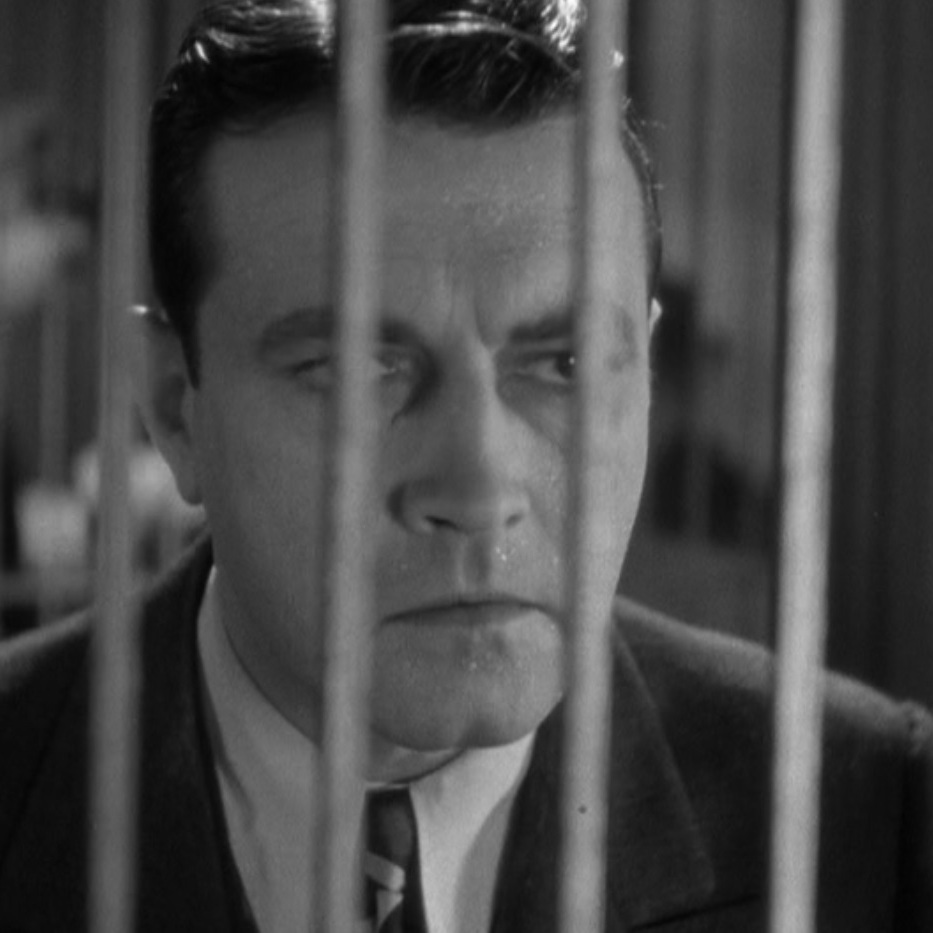

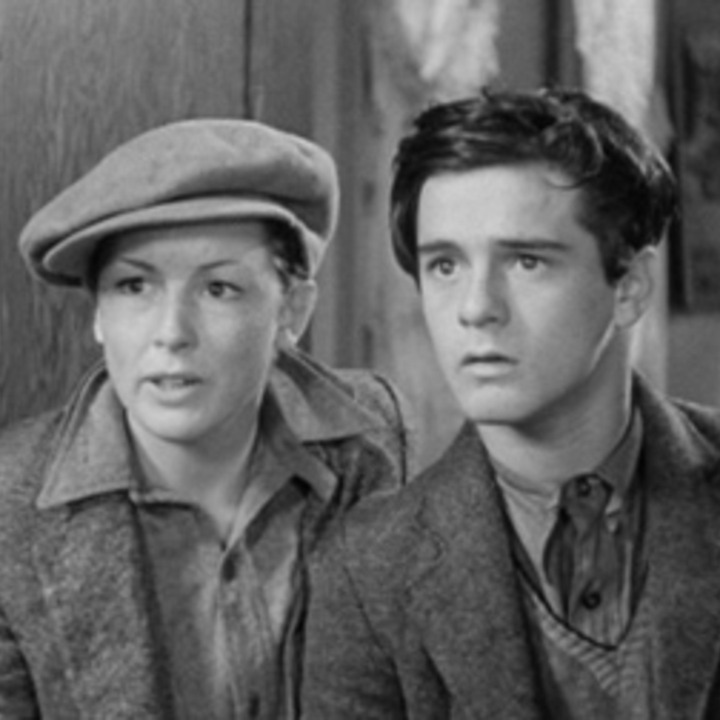
William A. Wellman’s Top 10 Films Ranked
1. The Ox-Bow Incident (1943)
Genre: Western
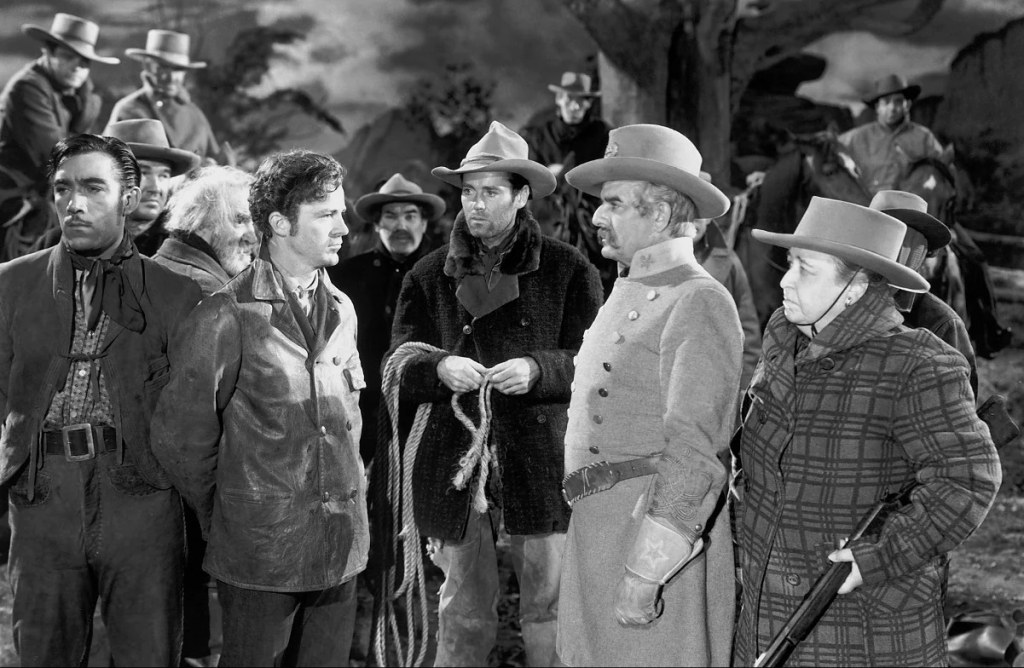
2. The Public Enemy (1931)
Genre: Gangster Film, Drama

3. Wild Boys of the Road (1933)
Genre: Road Movie, Drama, Coming-of-Age

4. Beggars of Life (1928)
Genre: Melodrama, Crime
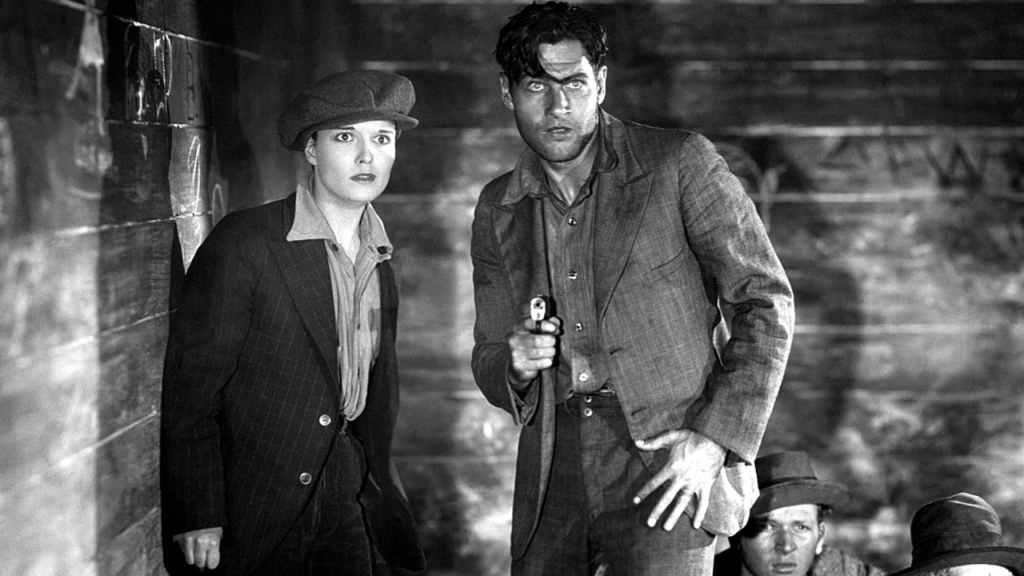
5. Heroes For Sale (1933)
Genre: Drama
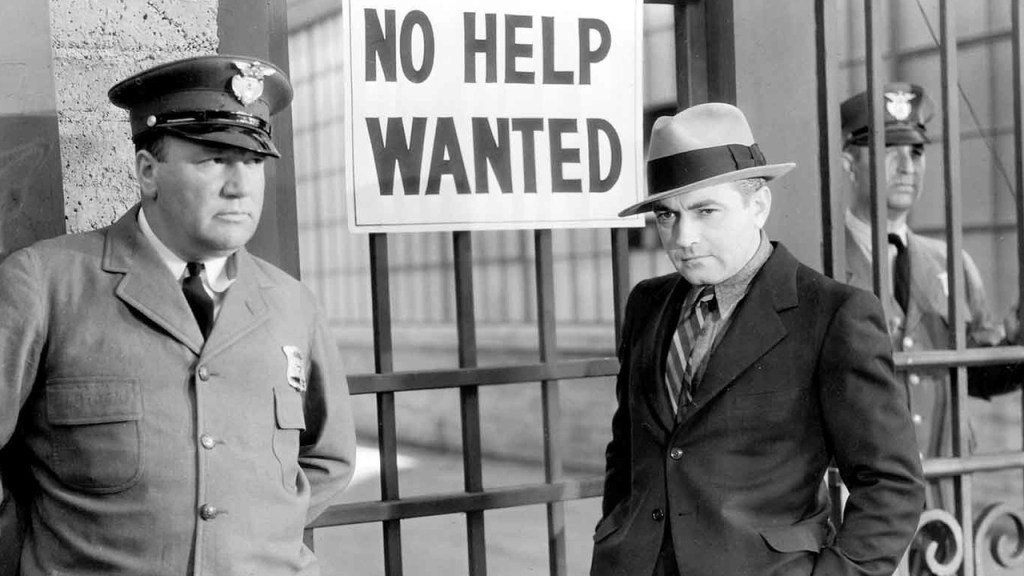
6. Beau Geste (1939)
Genre: Adventure, War, Drama
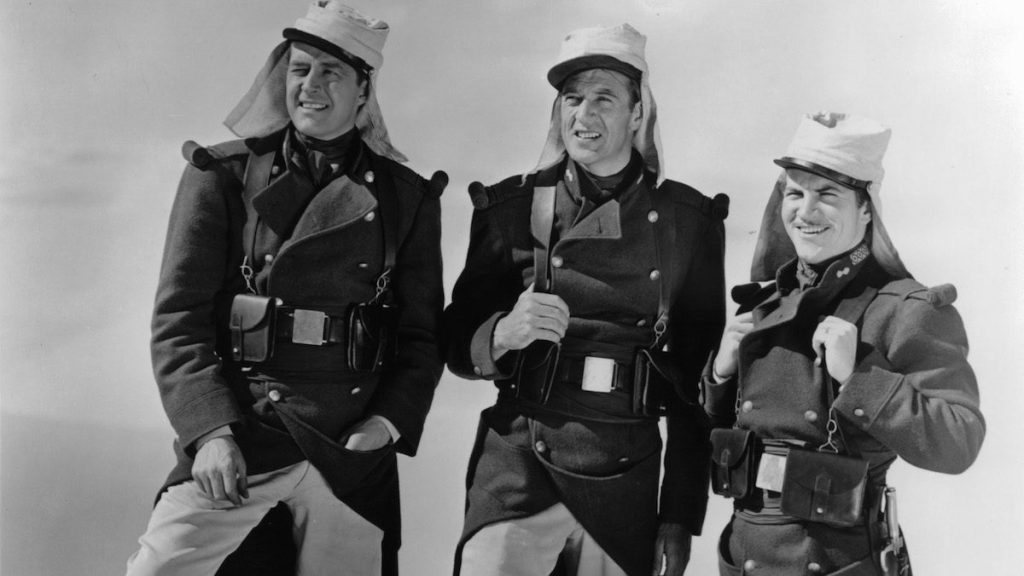
7. Wings (1927)
Genre: War, Romance, Melodrama

8. Westward The Women (1951)
Genre: Western, Drama
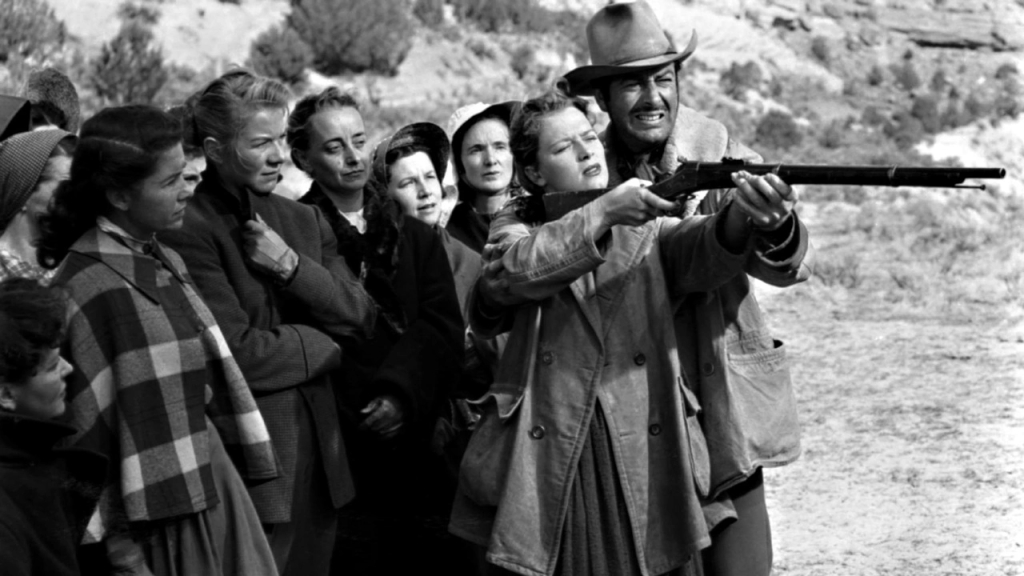
9. The Story of G.I. Joe (1945)
Genre: War
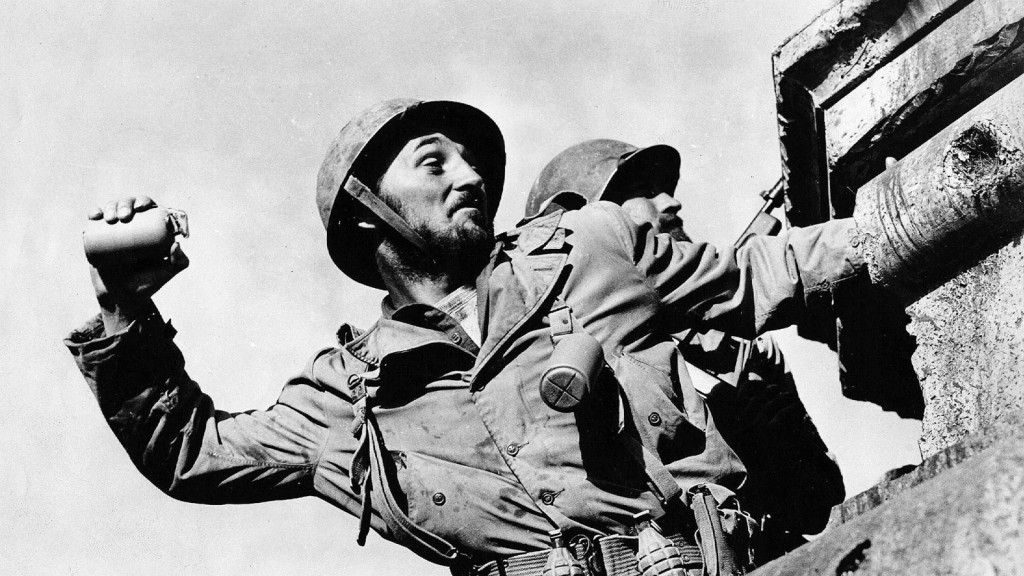
10. Safe In Hell (1931)
Genre: Melodrama, Psychological Drama

Wild Bill Wellman: One of Hollywood’s First Mavericks
William A. Wellman, the man behind movies like Wings and The Public Enemy, was a defining force of Hollywood’s Golden Age, perhaps best known as the manliest director of Classic Hollywood. Yet, his name often remains in the shadows of contemporaries. Born on February 29, 1896, in Brookline, Massachusetts, Wellman was a creature of two worlds: the fierce, unyielding skies of World War I, where he was a fighter pilot, and the shimmering realms of Hollywood, where he found his artistic home.
To say Wellman was a jack-of-all-trades would be an understatement. The man was a war hero who dabbled in professional ice hockey before carving out his niche as one of the quintessential American film directors. Was he a fluke? Was he a product of the time? No, his legacy goes beyond the boundaries of mere luck.
Wings, the 1927 silent film directed by Wellman, was a triumph in cinematic storytelling and a laurel-crowned emblem of a director who understood emotion, passion, and art. The film seized the world’s attention, earning the first-ever Academy Award for Best Picture.
But what set Wellman apart? Was it his rugged exterior? Was it his fearless approach to filmmaking? Perhaps it was his innate ability to merge realism with poetic flourishes. He made gangster films that felt like a slap across the face and war films that felt like a punch in the gut. And then there were his dramas – films like A Star is Born that still resonate today.
An Almost Forgotten Director
The tragedy of Wellman’s career is that he often goes unnoticed in the annals of cinema history. Sure, his films have been studied, admired, and even mimicked, but where’s the Wellman celebration? Where’s the fanfare? Unlike the big names of his era, he never quite achieved superstar status.
Despite this oversight, Wellman’s filmmaking was anything but ordinary. It was raw, it was intense, and it was breathtakingly human. He had a way of looking at the world through a compassionate and unforgiving lens, capturing the heartbeat of America during some of its most tumultuous times.
Maybe you’ve seen The Ox-Bow Incident, or perhaps you’ve stumbled upon Beau Geste – these films are more than mere footnotes in cinematic history. They are living testament to a man who didn’t just make movies; he sculpted them, breathed life into them, and imbued them with a spark that few others could achieve.
In a world brimming with auteurs and visionaries, Wellman’s name should be etched in gold. But alas, he remains something of an unsung hero, a master of his craft with an understated genius that makes you wonder – what if? If only the world could see what a force he truly was.
Wellman’s approach was never stagnant or tied to convention. His career spanned over four decades, and he directed more than 80 films, a feat that alone deserves accolades. But what makes Wellman a true master is his fearlessness in exploring uncharted territories, his vision unclouded by the glitz and glamour of Hollywood.
Consistently Inconsistent
From early works like Wings to later masterpieces like The High and the Mighty, Wellman consistently pushed boundaries and defied expectations. He was never content to merely tell a story; he sought to make audiences feel, experience, and contemplate it.
In the 1950s, Wellman’s films began to take on more profound social commentary. His 1954 film Track of the Cat is a fascinating study of family dynamics and human frailty. Blood Alley showcases Wellman’s skill in crafting tension and intrigue in a Cold War context. While not necessarily his most commercially successful films, these films underscore Wellman’s capacity for depth and complexity.
His collaborations with legendary actors like James Cagney, Henry Fonda, and Gary Cooper added to his films’ vibrancy. He had a gift for drawing out performances that resonated, that felt real and honest. He was a director who worked with the actors, not merely instructing them.
Slow Burn Career
The world, unfortunately, has been slow to recognise Wellman’s genius fully. Critics often praise him, and film scholars dissect his works, yet the widespread acknowledgement he truly deserves is strangely absent. Maybe it’s because he wasn’t flashy or flamboyant, or perhaps his more illustrious peers overshadowed him. Whatever the reason, Wellman’s brilliance remains an enigma, a hidden treasure waiting to be rediscovered.
When Wellman passed away on December 9, 1975, he left an enduring legacy, a body of work that inspires filmmakers today. His movies are not relics of a bygone era but timeless explorations of human nature, morality, and society’s complexity.
He was a maverick, a creator, and a visionary. In a world where cinema often falls into formulaic patterns, Wellman’s films are a refreshing reminder of what movies can be when guided by genuine artistry and conviction.
His influence can be seen in the works of directors like Martin Scorsese and Steven Spielberg, and his impact on the film industry cannot be overstated.
The tragedy of William A. Wellman’s career is not that he made forgotten films but that he himself has become overshadowed. In an industry that celebrates showmanship and spectacle, Wellman’s artistry is a subtle and profound force that deserves to be celebrated. One can only hope that his genius will be recognised with time and that his place in cinema history will rightly be honoured.
Most Underrated Film
Set in an isolated ranch during a harsh winter, Track of the Cat tells the story of the Bridges family, whose dynamics are thrown into chaos by a predatory panther that haunts their surroundings. The film’s brilliance lies not only in its physical conflict with the menacing beast but also in the psychological battles that play out among the family members.
Wellman employs a unique colour palette, using stark black-and-white for all but the most critical elements, such as a red jacket worn by one of the characters. This selective use of colour heightens the film’s sense of isolation and underlying tension, a technique that is as bold as it is effective.
Track of the Cat dives into themes of family dysfunction, fear, and the existential struggle of man versus nature. Wellman’s direction gives life to these themes, transforming what could have been a simple adventure story into a rich and complex psychological drama. His use of landscape and weather, the barren snowfields, and the oppressive clouds create a suffocating atmosphere that mirrors the characters’ internal turmoil.
Despite its innovative approach and thematic depth, Track of the Cat failed to find a substantial audience upon its release. Critics were divided, and audiences seemed unprepared for its existential exploration. Over the years, however, a growing number of film scholars and enthusiasts have come to recognise the film’s value.
Part of the movie’s allure is its refusal to fit neatly into any particular genre. It’s an adventure film, a family drama, and a psychological thriller all rolled into one. Wellman’s ability to blend these elements seamlessly is a testament to his craftsmanship and vision.
William A. Wellman: Themes & Styles
Themes:
- Human Nature and Morality: Wellman often delved into the complexities of human behaviour, portraying both its darkest and most noble sides. Films like The Ox-Bow Incident touched on mob mentality and the perils of rushed judgment.
- War and Heroism: As a WWI veteran, Wellman brought an authentic touch to films that portrayed war, such as Wings. He highlighted both the brutal realities of battle and the heroism of individuals.
- Society and Injustice: Several of his films tackled societal issues, whether the challenges women face in a male-dominated world or the repercussions of societal judgment and vigilantism.
Style:
- Realism: Wellman was known for capturing the essence of real-life situations. This is evident in the dogfight scenes in Wings and the raw, emotional moments in A Star Is Born.
- Contrasts: His films often played with contrasts, particularly between light and dark, good and evil. This gave depth to his characters and stories, making them more engaging and multi-dimensional.
- Innovative Techniques: Wellman wasn’t afraid to employ innovative shooting techniques, as evidenced by the aerial shots in Wings or the unique angles and perspectives he often utilised.
Directorial Signature:
- Character Depth: One of Wellman’s trademarks was his ability to develop deep, multifaceted characters. Even in roles that might seem straightforward, Wellman’s characters were often laden with internal conflicts, making them more relatable and compelling.
- Unexpected Moments: Wellman had a knack for catching the audience off-guard. The grapefruit scene in The Public Enemy is a classic example where a simple act becomes a shocking portrayal of a character’s unpredictability.
- Social Commentary: While many of his films were entertaining on the surface, they often contained deeper societal critiques. Wellman wasn’t afraid to hold up a mirror to society, urging viewers to reflect on prevailing norms and prejudices.
- Authenticity: Drawing from his personal experiences, Wellman’s films often had an underlying layer of authenticity, whether it was the gritty reality of war or the nuanced challenges of interpersonal relationships.
Further Reading
Books:
Wild Bill Wellman: Hollywood Rebel by William Wellman Jr – A biography by Wellman’s son.
The Films of William A. Wellman by Frank T. Thompson – An in-depth examination of Wellman’s films, with analysis and context.
Articles and Essays:
William A. Wellman, Two-Fisted Director With Heart, in Six Takes by J. Hoberman
William Wellman by Bertrand Tavernier
The scrappy pre-Code years of William A. Wellman by Patrick Friel
Documentaries:
Wild Bill: Hollywood Maverick (1995) – A documentary on Wellman’s life and career featuring interviews with friends, family, and collaborators
William A. Wellman: The 207th Greatest Director
